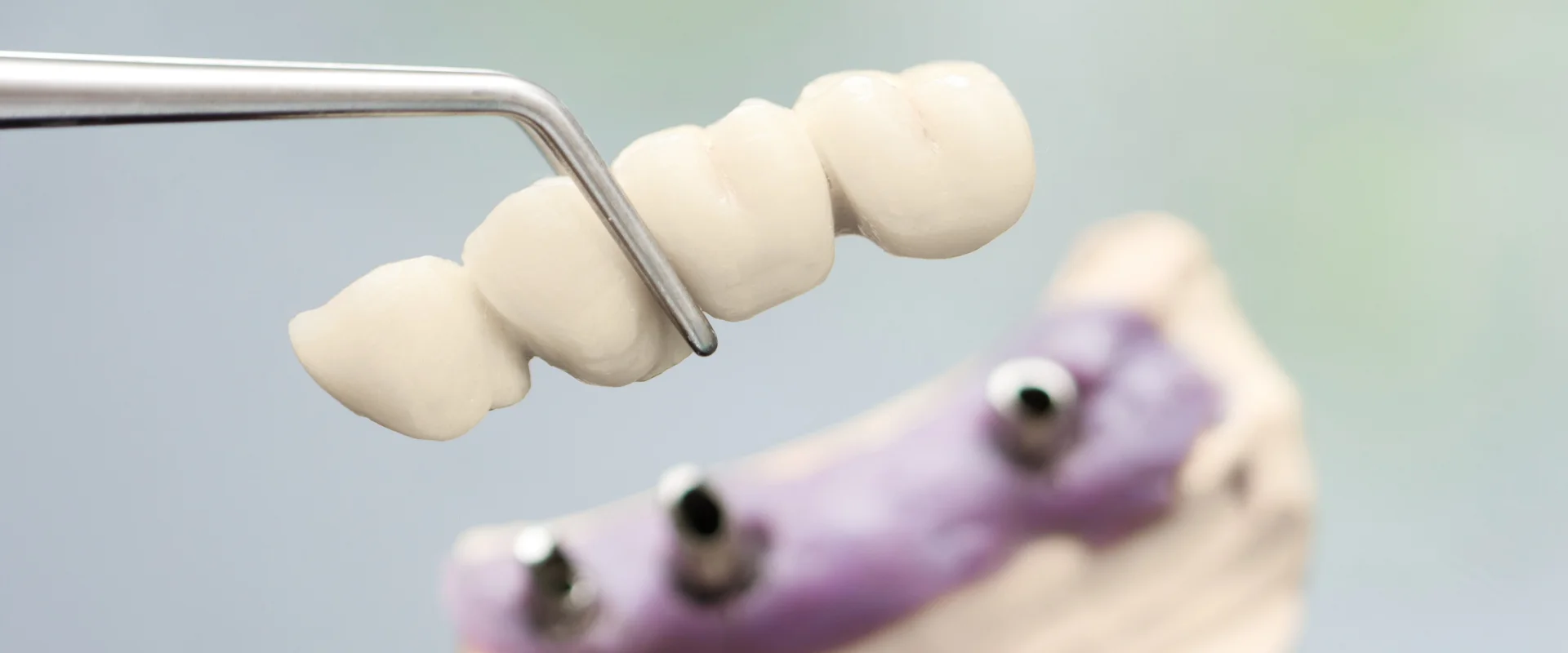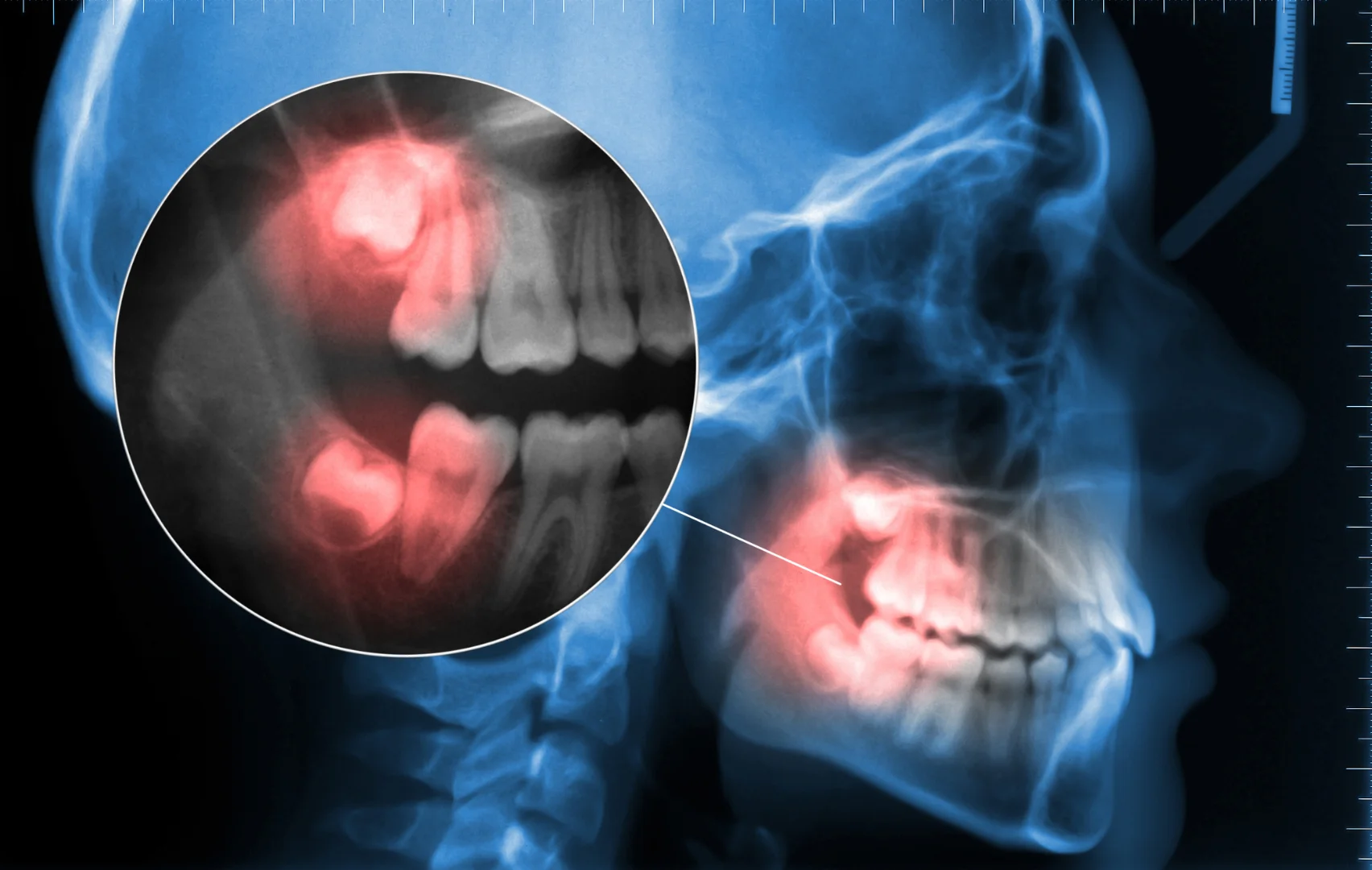The term “bone grafting” may conjure up horrifying images if you’re hearing it for the first time, but it’s actually a common and relatively painless procedure. Due to ever advancing technology, a bone graft is not always needed to hold a dental implant, but is still occasionally used to strengthen the jaw and encourage bone formation. When a graft is needed, the procedure is not nearly as complicated as it used to be, and doesn’t require hospitalization. Bone graft materials can come from the patient’s own body, a tissue bank, or be made from synthetic material, with the choice of material depending on the specific needs of the patient and the desired outcome. These bone graft materials play a crucial role in rebuilding or augmenting bone tissue to restore support for teeth and prepare for procedures like dental implants. Growth factors may also be used to stimulate new bone formation and improve the success of bone regeneration.
The procedure is typically performed in-office by an oral surgeon or an oral and maxillofacial surgeon, who are specialists in bone grafting and related surgeries. More complex cases may require maxillofacial surgery to address significant jaw bone deficiencies or prepare sites for dental implants. Oral surgeons are highly trained professionals responsible for ensuring successful outcomes in these treatments.
A personalized treatment plan is developed for each patient to ensure the best outcome, coordinating the necessary bone grafting procedures and preparatory steps for optimal dental implant placement.
Let’s take a look at what bone grafting surgery entails.
Causes of Bone Loss
Bone loss in the jaw can result from several factors, with tooth loss being one of the most common causes. When a tooth is lost, the surrounding bone tissue no longer receives the stimulation it needs, leading to gradual bone loss in that area. Gum disease is another major contributor, as infection and inflammation can damage both the gum tissue and the underlying bone, resulting in lost bone and reduced support for teeth. Trauma to the jaw, osteoporosis, and certain medical conditions can also lead to bone loss, making it difficult to place dental implants without additional support. Understanding these causes is important, as dental bone grafting can help restore lost bone, encourage new bone growth, and create a healthy environment for future implants.
Preparation for Bone Grafting
Before undergoing bone grafting, patients receive a comprehensive evaluation of their oral health and medical history. An oral and maxillofacial surgeon will assess the extent of bone loss and determine the most suitable bone graft material for the individual’s needs. Preparation may include dietary guidelines, such as avoiding certain foods to promote healing, and instructions to pause specific medications or supplements if necessary. On the day of surgery, local anesthesia or sedation options are provided to ensure the patient’s comfort. The surgical site is carefully prepared, and the chosen bone graft material is placed into the affected area to stimulate new bone growth and replace missing bone. This personalized approach helps ensure the best possible outcome for each patient.
Modern Bone Grafting Procedures
Bone grafting has come a long way. Nowadays, the procedure is minimally invasive and can be done in the dentist’s office instead of a hospital setting. The bone is harvested from processed materials from animal bone. This is called a xenograft. Other bone graft materials, such as synthetic material, are also commonly used in modern dental bone graft procedures. After the bone is grafted, the body is “tricked” into thinking it’s natural bone, and over time will build more bone around it. This process leads to new bone formation, which is essential for the success of dental bone grafts. There are three different ways of performing a bone graft, and each method uses specific bone grafting material tailored to the patient’s needs. Dental bone grafts are designed to replace missing bone and restore the jaw’s structure for future dental implants.
Socket Graft
The socket graft is placed into the empty tooth socket immediately after extraction. Preserving the tooth socket with a graft helps prevent bone loss and prepares the area for a future implant. The graft acts as a placeholder for the missing tooth, and allows new bone to form over time, which will eventually house the dental implant. Initial healing and bone formation in the grafted tooth socket typically occurs within a few weeks, but full integration takes longer.
Block Bone Graft
This type of graft is used when there is not enough bone in the jaw to support dental implants, often due to substantial damage from dental trauma or bone destruction caused by tumors or cysts. Oral surgeons perform this procedure, selecting the appropriate bone grafting material—such as autografts, allografts, xenografts, or alloplasts—to rebuild the jaw and ensure enough bone is present for future dental implants. It requires some natural bone to be removed from the patient, typically from the area where wisdom teeth once were, in combination with the chosen bone grafting material. The graft is secured using screws, and after several months of regeneration, the site will have enough bone to be ready for an implant.
Sinus Lift
A sinus lift is often needed when missing teeth in the upper jaw have led to bone loss, making it difficult to place a dental implant due to sinus intrusion. This graft is used when an implant is needed in the upper jaw, but cannot be placed because of sinus intrusion. When an upper molar is absent, the sinuses tend to “droop” and fill in the hollow area of the jawbone. The harvested animal bone is used to move the sinuses back up into the sinus cavity, hold them there, and create a “scaffold” which the dental implant will hold on to. In younger patients, the timing of the sinus lift procedure may depend on the development or eruption of adult teeth in the affected area.
To learn more about bone grafting and if it right for you, contact us at Solace Oral Surgery in Nashville.
Recovery and Healing
The healing process after bone grafting is gradual, typically taking several months to allow the new bone to fully integrate and strengthen. During recovery, patients may experience mild discomfort, swelling, or bruising, which can be managed with ice packs and over-the-counter pain relief. It’s important to follow the oral and maxillofacial surgeon’s instructions, including dietary recommendations and activity restrictions, to support optimal healing. Regular follow-up appointments are scheduled to monitor the progress of the bone graft and determine when the area is ready for dental implant surgery. With proper care, the bone graft will fully heal, providing a strong, healthy foundation for dental implants and helping to restore both function and appearance.



